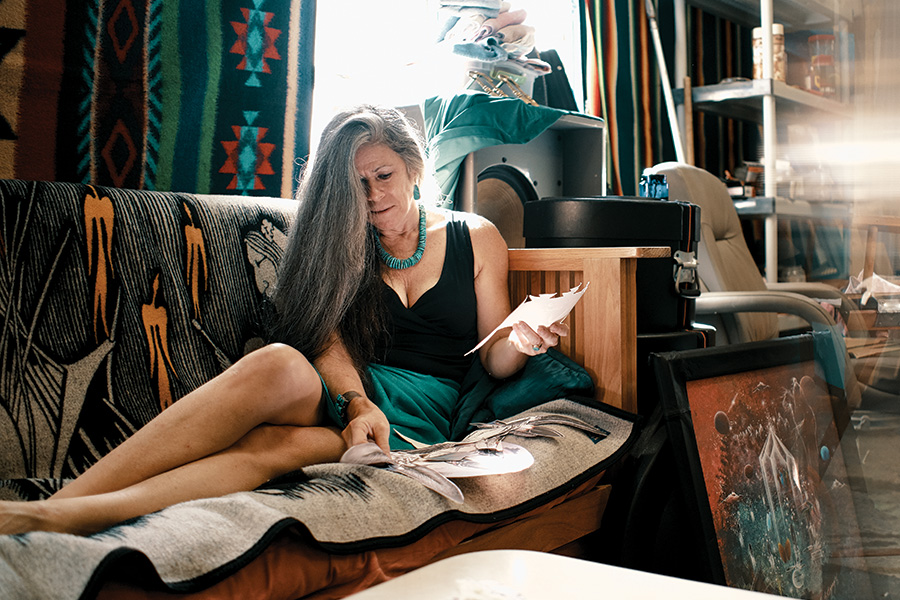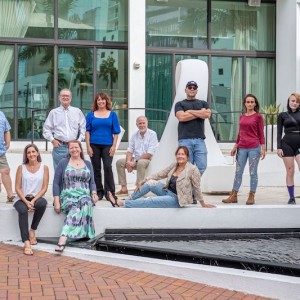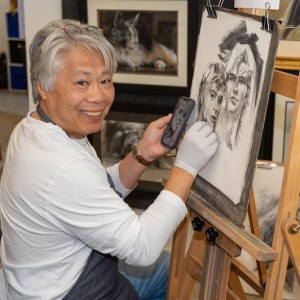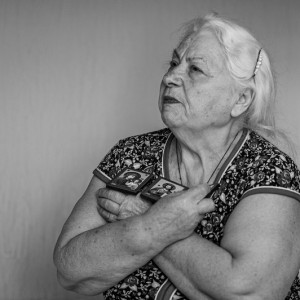As a child, a grandfather gifted with second sight whispered in his ear that he, like many in his lineage, would become a medicine man. The prophecy foretold that his journey would take him far from the reservation and deep into the modern world, terminating at what his grandfather called “the soft throat of the eagle.” He would settle in Cleveland as an adult and find success in the beauty industry, but his sense of self was tested as his connection to his Navajo roots became increasingly tenuous. One day, disillusioned by the trappings of life outside the reservation, he cut all ties, packed his RV and headed south, hoping to return once again to the currents of his grandfather’s prophecy and perhaps discover the meaning of his words.
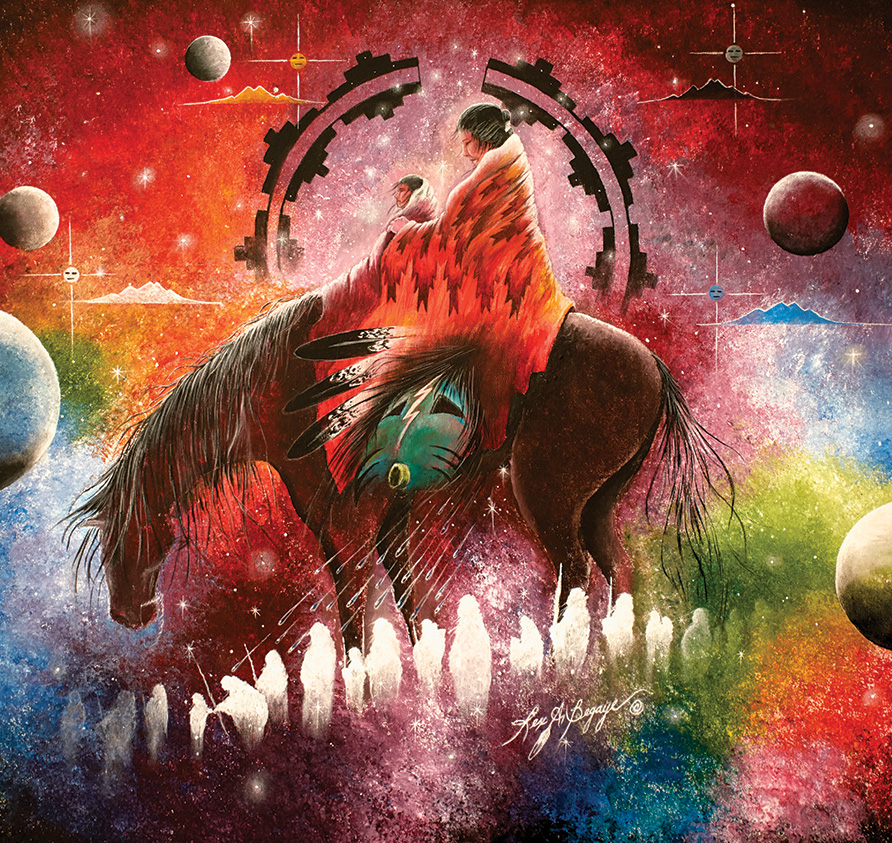
PHOTOGRAPHY BY WYATT KOSTYGAN
The currents of prophecy carried him to Florida, where, after a chance encounter with an herbalist named Barbara Huntoon, he would begin the defining chapter of his life. The two fell in love, Begaye picked up a paintbrush full time and they spent 15 years traveling a Native American art show circuit before settling in Sarasota. “Rex really loved the vibe in Sarasota,” says Huntoon, “and it’s considered by many Native American traditions to be the navel of the world.” For Begaye, Sarasota was the soft throat of the eagle, the place where he could fully embrace the role of medicine man his grandfather whispered in his ear as a child.
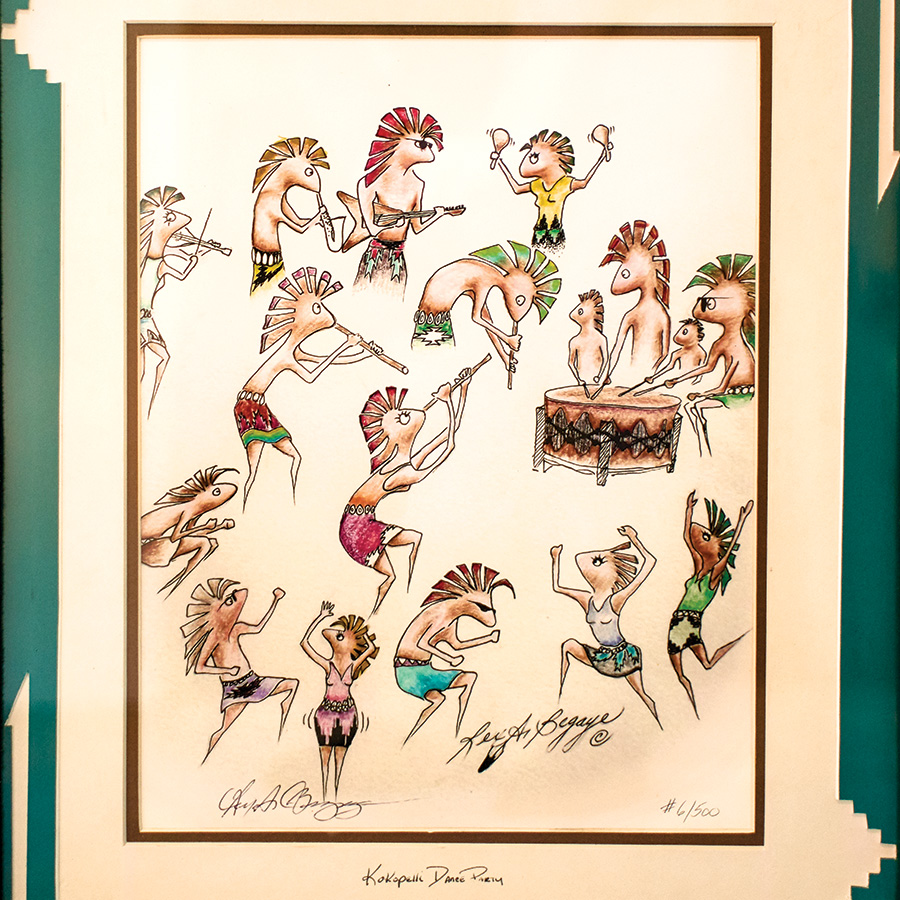
PHOTOGRAPHY BY WYATT KOSTYGAN
“Rex was raised very traditionally Navajo,” says Huntoon, who now curates the newly opened First Feather Gallery in Downtown Sarasota, a Native American art center that memorializes her late husband’s work. “Everything he learned was the ancient way,” she says, and in this ancient tradition, Begaye’s art was not just the product of creative impulse, but the manifestation of his inherited gift for healing. His art, like his life, contains meaning that he hoped would bridge the disconnect between the modern and the sacred. His color collection is rich with totems and sweeping astronomical vistas that connect the terrestrial with the sacred infinite. The eagle features prominently in much of his work, often draped or superimposed over a human figure to signal that a line of communication with the sacred is open. In other pieces, buffalo imagery dominates the foreground to signify abundance. For those initiated into Native American symbology, his pieces read like prayers that call for harmony within as a means of cultivating harmony with our environment. Begaye’s black-and-white work, with its delicate shadows and meticulous stippling, almost takes on the look of an iconography alphabet of Native American mythology, with intimate human moments juxtaposed with sacred animal symbols like eagles, horses and wolves. His work inspires a sense of revelation and invites viewers to meditate on the sanctity of nature.
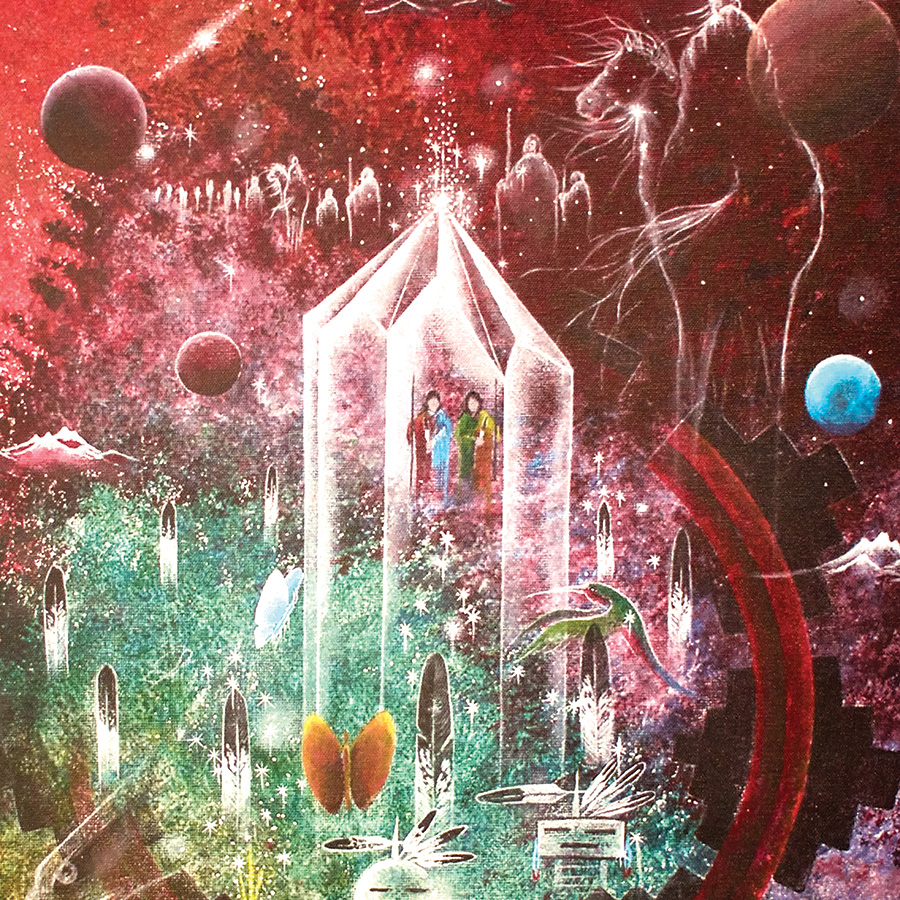
PHOTOGRAPHY BY WYATT KOSTYGAN
If the life and work of Rex Begaye is a parable, then First Feather Gallery is a collection of his teachings. For Huntoon, the lessons in his art are timely. As the hard lines of high rises continue to dominate the Sarasota skyline, she hopes the art of her
late husband, as well as the art and jewelry of other Native American artisans in the gallery, can remind people to honor the beauty of the natural world. “It can wake us up and help us remember our role as guardians of this planet,” she says.
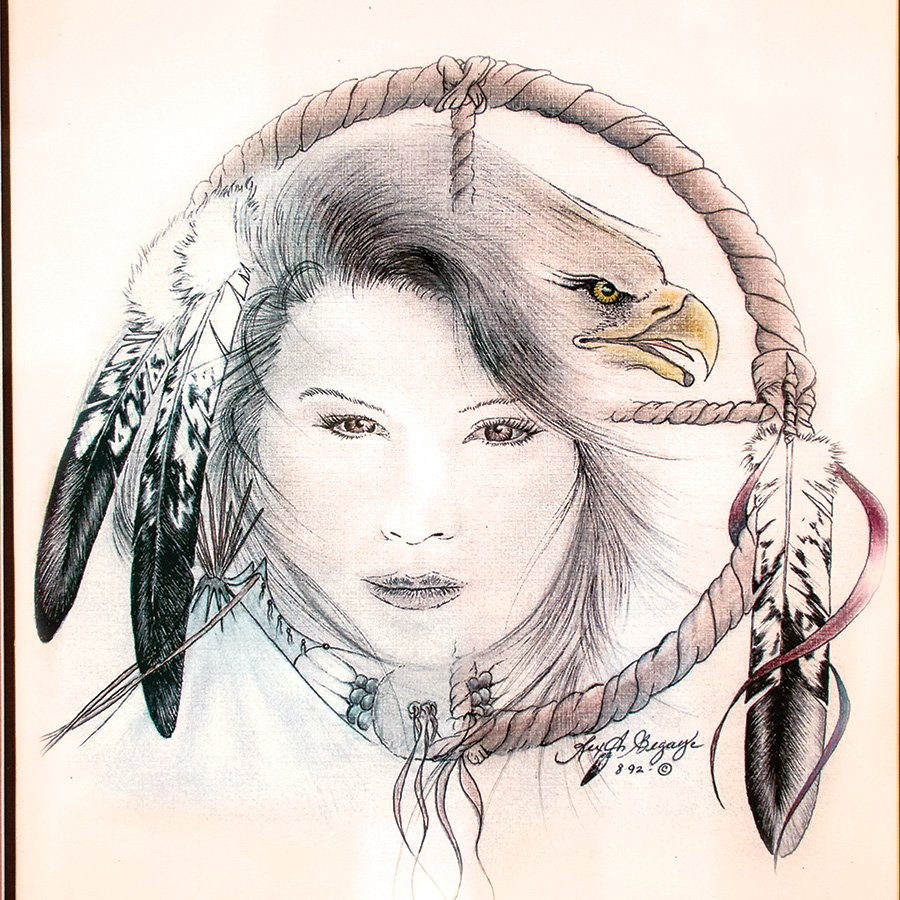
PHOTOGRAPHY BY WYATT KOSTYGAN





